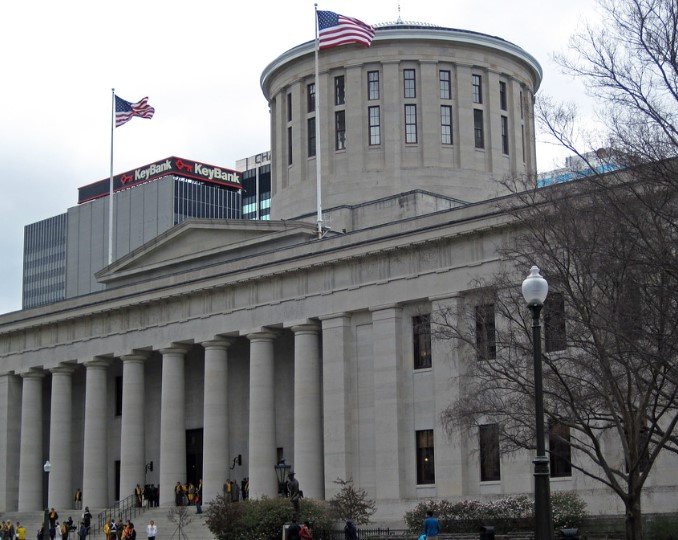In a fast-paced and intense final stretch of the year, Ohio lawmakers have been working around the clock to pass a range of significant bills before the conclusion of their marathon lame duck session. These bills cover a broad spectrum of issues, from education and safety to health and public infrastructure. As the session winds down, these measures are being rushed through the Statehouse, with some already heading to the governor’s desk, while others still await further votes.
As Ohio’s lawmakers scramble to wrap up their legislative business, it’s clear that the results of this session will have lasting impacts across the state. Here’s a look at the most notable bills making their way through the process.
Key Education and Safety Bills
Several high-profile bills relating to education and student safety have been passed or are close to being finalized. One such bill, H.B. 8, is already set to be signed into law. This legislation mandates that schools notify parents of any changes to a student’s mental, physical, or emotional well-being. A significant portion of this bill also requires notifications if a student identifies as LGBTQ+, or if there is any sexuality-related content being discussed in class.

Additionally, the bill has a controversial amendment that requires public schools to allow students to leave class for religious instruction. Critics of the bill argue that it could lead to increased surveillance and pressure on students regarding their identities, while supporters view it as a necessary move to ensure greater parental involvement in education.
Another significant measure, H.B. 206, is also on its way to the governor. This bill expands the grounds for expulsion in schools, particularly focusing on severe threats to safety, such as bringing weapons to school or making bomb threats. Students expelled under these circumstances would need to undergo psychological evaluations before being considered for reinstatement. Even if the evaluation is passed, a school superintendent would have the final say on whether the student can return, creating potential long-term barriers to re-entry.
New Laws Tackling Sexual Exploitation and Grooming
As lawmakers work to strengthen protections for children, H.B. 322 addresses the crime of grooming, introducing a new offense that targets adults who engage in behavior aimed at enticing minors into sexual activity. This bill makes it clear that such actions will show up on background checks, preventing individuals with such behavior from working with children in the future, even if they are fired from their position. This measure reflects a growing concern over child exploitation in both public and private settings.
On a similar note, H.B. 531 introduces legislation that makes sexual extortion a criminal offense, with severe penalties for those who commit the crime and cause bodily harm or death. This bill also grants immunity to victims who send explicit images under duress, offering crucial protection for those at risk of being exploited. Additionally, the bill allows parents or guardians to access the devices of a deceased minor, providing a way to obtain important information following a tragic loss.
Expanding Family and Health Services
H.B. 7, which has already passed, expands access to a variety of prenatal, postnatal, and infant and toddler services. With the aim of improving health outcomes for mothers and children, the bill provides much-needed support for families, especially in underserved areas. This legislation is expected to improve access to healthcare services for pregnant women, new parents, and young children, addressing gaps in care that have been widening in recent years.
Public Infrastructure Funding on the Horizon
On the broader policy front, H.J.R. 8, which is slated for the May ballot, proposes a new constitutional amendment to renew Ohio’s authority to issue bonds for funding local-level public infrastructure projects. This would enable the state to continue investing in vital infrastructure improvements across the state, from roads and bridges to schools and hospitals. If passed, the amendment could significantly enhance Ohio’s ability to address long-term infrastructure needs.
The Race Against Time
With the clock ticking on the lame duck session, lawmakers are working tirelessly to ensure that as many bills as possible make it through the legislative process before the end of the year. While some bills will head directly to Governor Mike DeWine’s desk for approval, others are still in the process of securing a concurrence vote from both chambers. Given that any legislation left unfinished will die once the session concludes, lawmakers are under immense pressure to finalize as many bills as possible in this critical window.
While many of these bills will have a significant impact on Ohio residents, some remain controversial, with opposition raising concerns over privacy, personal rights, and the broader implications for education and child welfare. As the session concludes, Ohio residents will be closely watching the final results, as the state prepares for a new legislative year.

Comments